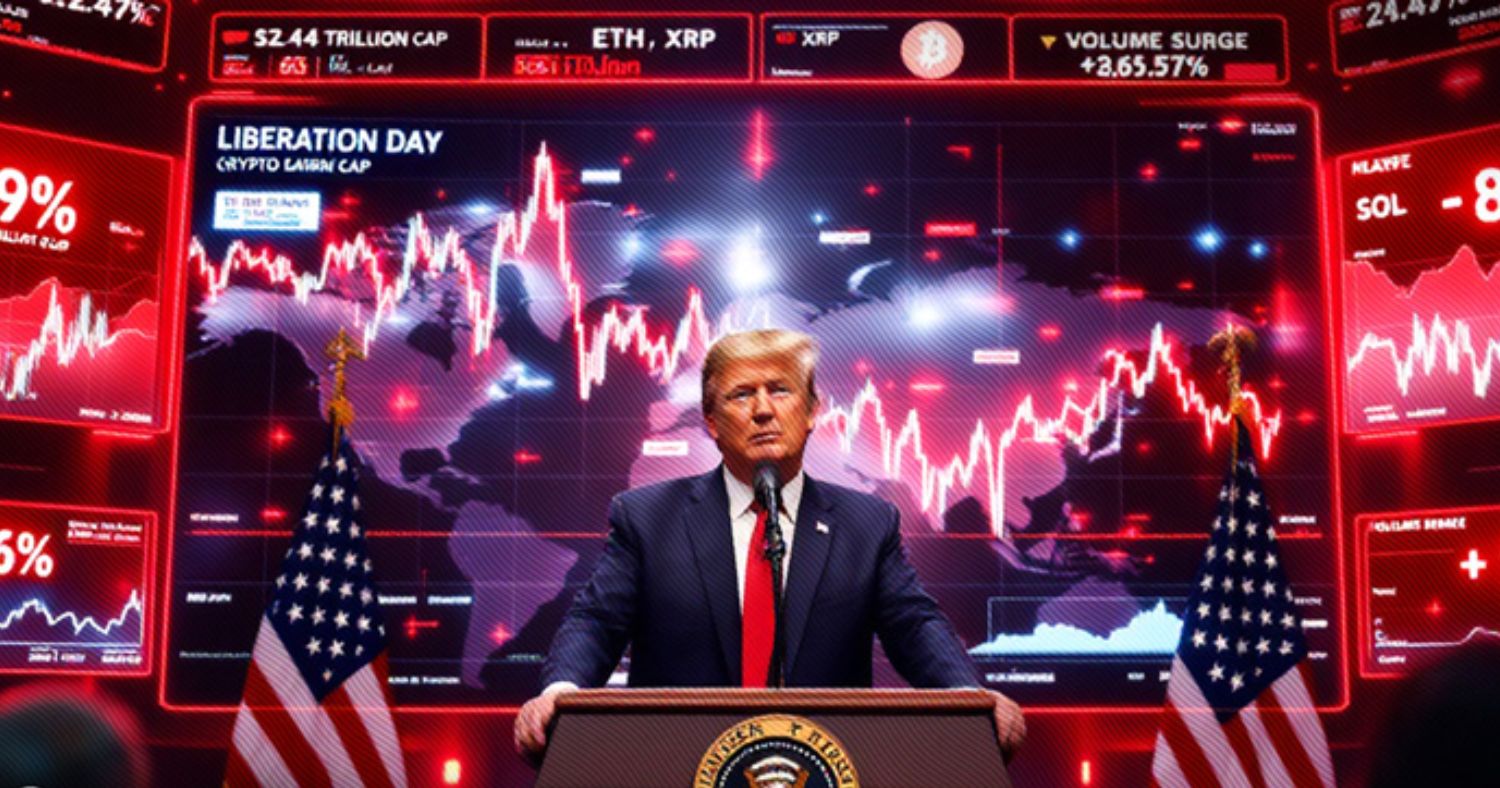In an increasingly interconnected global economy, the ripple effects of major macroeconomic events are felt across all asset classes, and the digital currency landscape is no exception. While cryptocurrencies like Bitcoin and Ethereum were once perceived as insulated from traditional financial markets, recent trends suggest a growing sensitivity to geopolitical and trade developments, particularly those originating from the United States.
At present, the digital asset market shows Bitcoin (BTC) commanding a significant 61,2% of the total crypto market dominance, while Ethereum (ETH) holds 11,5%. This dynamic environment is home to over 10 million cryptocurrencies tracked globally, underscoring the vast and diverse nature of this evolving financial frontier.
U.S. trade deals, or even the mere anticipation of them, can introduce substantial volatility into global markets. This stems from several factors:
- Investor Sentiment: Trade tensions often create uncertainty, leading traditional investors to re-evaluate their risk exposure. When fear grips equity or bond markets, capital can either flow into perceived safe havens, or, conversely, be pulled from riskier assets like cryptocurrencies. This flight-to-safety, or flight-from-risk, directly influences crypto valuations.
- Currency Fluctuations: U.S. trade policies have a profound impact on the strength of the U.S. dollar. A stronger dollar can make dollar-denominated assets, including many cryptocurrencies, appear more expensive to international buyers, potentially dampening demand. Conversely, a weaker dollar might make them more attractive.
- Inflationary Pressures: Trade tariffs and disruptions to global supply chains can lead to inflationary or deflationary pressures. Central banks respond to these shifts, and their monetary policy decisions (like interest rate adjustments) significantly influence the attractiveness of various investments, including digital assets. For instance, higher interest rates in traditional markets might reduce the appeal of non-yielding assets like cryptocurrencies.
The increasing integration of crypto into mainstream finance means that what affects Wall Street can increasingly affect “Web3 Street.” Institutional adoption, the proliferation of crypto-based financial products, and the growing sophistication of crypto investors have all contributed to this heightened correlation. No longer a fringe asset, cryptocurrencies are now reacting to the same news cycles that move stocks, commodities, and fiat currencies.
For crypto market participants, this underscores the importance of a broader analytical perspective. Understanding the nuances of international trade negotiations, economic indicators, and fiscal policies is becoming as crucial as tracking blockchain developments or network upgrades. As the crypto ecosystem matures, its ties to the traditional financial world will only strengthen, making external economic factors an indispensable part of any sound investment strategy.






